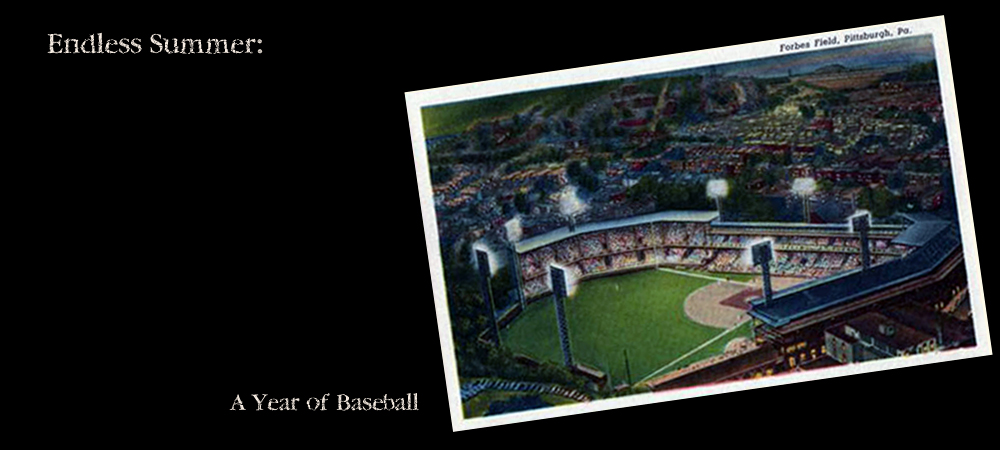 It’s been awhile since I’ve picked up a baseball book, and when I came across this one at the library I couldn’t pass it up, and soon had to buy my own copy. I love baseball and I love haiku; how did I not find this earlier?
It’s been awhile since I’ve picked up a baseball book, and when I came across this one at the library I couldn’t pass it up, and soon had to buy my own copy. I love baseball and I love haiku; how did I not find this earlier?
Baseball Haiku is a collection of over 200 haiku written about baseball, from as far back as 1890, fairly soon after baseball came to Japan.
Baseball was brought to Japan in 1872, taught to students at what is now Tokyo University by an American teacher, Horace Wilson. It became very popular with both the students and the staff, and spread to other schools in the Tokyo area, and amateur athletic clubs, and then gradually to the rest of the country.
The man who wrote the first baseball haiku was Matsaoka Shiki. He went to Tokyo to go to school in 1884, at age 17, and fell in love with baseball, teaching the game to his friends, and bringing back with him to his home town, introducing the game to the island of Shikoku.
Shiki played on his school team, was a left-handed pitcher and catcher, but seemed to prefer catcher. Unfortunately, he was diagnosed with tuberculosis in 1889, and was no longer able to play. He remained a fan, though, and was one of the first to popularize the sport in Japan with his writing, poetry, fiction, and essays about the game. In 1896 he wrote an article for the newspaper Nippon, describing the game and the equipment, translating terms into Japanese.
Shiki wrote both Haiku and Tanka about baseball. (Haiku traditionally consisted of a brief poem of three lines and 17 syllables, in a 5-7-5 pattern, (this is obviously a way simple definition,) while tanka consisted of five lines and 31 syllables, in a 5-7-5-7-7 pattern.) Shiki wrote the first four baseball haiku in 1890, and nine total, which are all included in this book. He also wrote ten tanka on baseball, in 1898 or ’99. Here’s one of his first haiku:
spring breeze
this grassy field makes me
want to play catch
and one of his tanka:
under a faraway sky
the people of America
began baseball
I can watch it
forever
Shiki was elected to the Japanese Baseball Hall of Fame in 2002, for his contributions to baseball. In the Shiki Memorial Haiku Museum in Matsuyama there is a large picture of him as a schoolboy, in his baseball uniform, displayed in a glass wall case with copies of his poetry about baseball.
Shiki was the leadoff hitter in the Haiku batting order. (Not often that the catcher hits leadoff, but it happens.) Following Shiki’s lead, many other Japanese and American poet baseball fans have stepped up to the plate to take their swings, and this small volume gives us a full dugout of haiku-masters, with brief biographical sketches of the authors. Most are from the U.S., where there seems to be a thriving haiku culture. Jack Kerouac was one of the early American haiku writers, and Jack took a healthy cut at the ball:
Empty baseball field
— A robin,
Hops along the bench
The book is edited by Cor van den Heuvel and Nanae Tamura. Van den Heuvel is editor of the Haiku Anthology; he was born in Maine and is a Red Sox fan. He also won the Masaoka Shiki International Haiku Prize for his writing and editing efforts, and he’s included a few of his own works in the volume, including:
after the game
a full moon rises over
the left field fence
and
baseball cards
spread out on the bed
April rain
Finally, here’s one from Mizuhara Shuoshi:
the player takes
his position in the outfield
a cricket’s cry
All in all, this was a nice little book, and a most welcome respite from the dark and cold November night. Maybe it will inspire me to try some baseball haiku.

